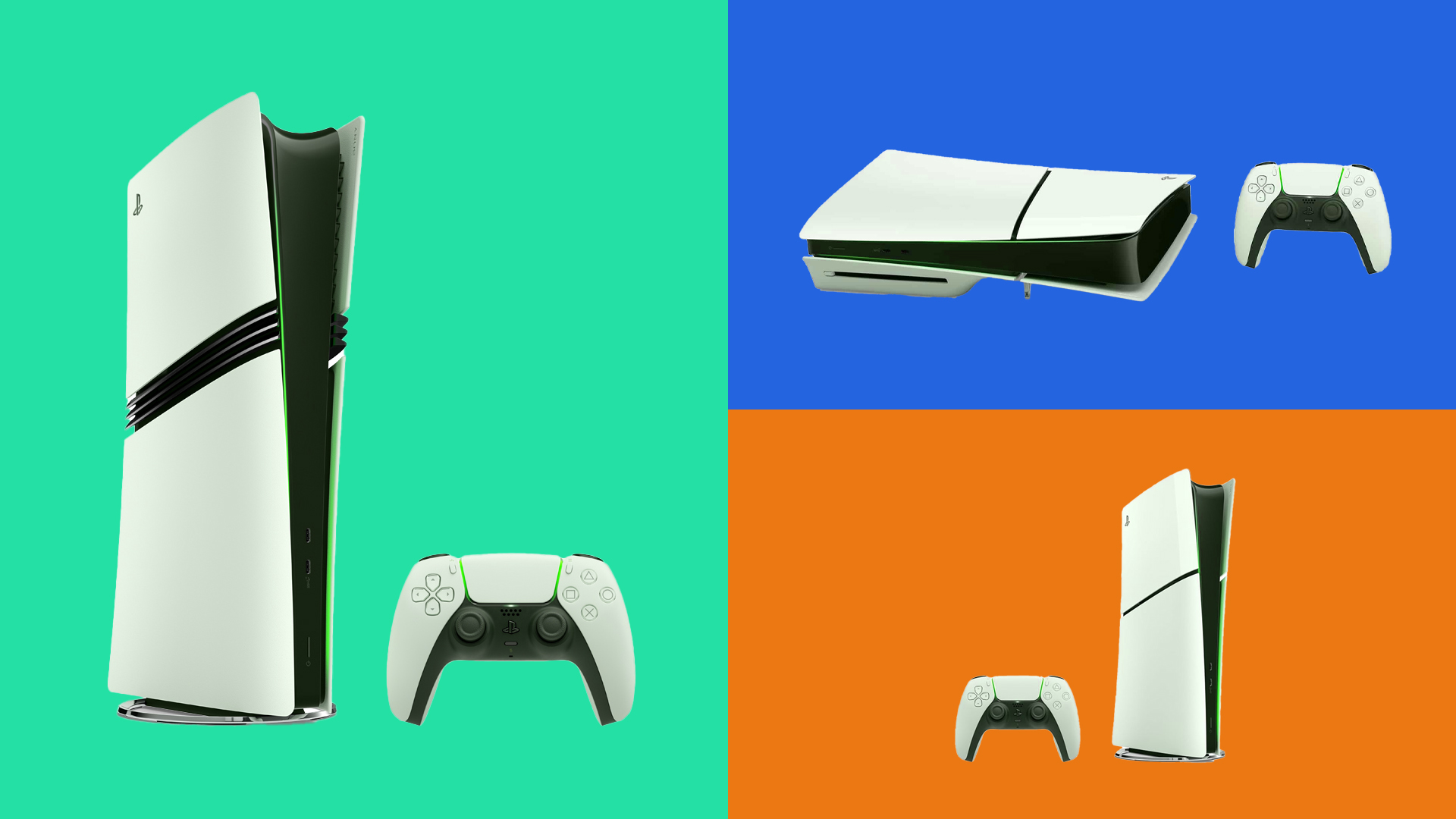How to illustrate a viral short film
Behind the scenes of Sincerely Truman's slick animation Dear JJ Abrams.
When Disney announced that JJ Abrams would direct the next Star Wars trilogy, Prescott Harvey – copywriter, producer and animator at Portland-based creative agency Sincerely Truman – had an idea.
There was a lot at stake: so why not create an animation telling JJ Abrams how he might make the new Star Wars movie better?
"My hope was to get a video out before the Episode VII script was fully baked," recalls Harvey, "because in my wildest dreams I thought I might be able to influence the new movies, and remind the powers that be of what Star Wars is (or was)."
"I felt the prequels made some style changes that watered down the Star Wars brand, and made it less like Star Wars and more like generic sci-fi," he adds.
Galaxy-sized labour of love
Harvey teamed up with Sincerely Truman illustrator Robert Perez and set about creating the project – working on it out of studio hours – developing a different animation style for each of the four rules.
"We were trying to push ourselves. We didn't want to do something we'd done before in our work careers, so it was a delicate balance of playing around, more playing around and then realising: 'Oh crap, we're out of time, let's move on'," he laughs.
The animation put Sincerely Truman on the map. When Dear JJ Abrams launched on i09.com it garnered a quarter of a million views in just 48 hours – and shot up to more than a million by the end of the month. Better than that, though, JJ Abrams contacted the company directly to thank the video's creators for their input.
Daily design news, reviews, how-tos and more, as picked by the editors.
"It was meant to be a project made by the fans for the fans," explains Perez, who was creative director on the project. "We wanted it to come from just some geeks who had something to say."
So where do you start on making a short animation that will capture the world's attention? To show you, Perez breaks down one of the scenes and walks through the creative process…
01. Work from back to front
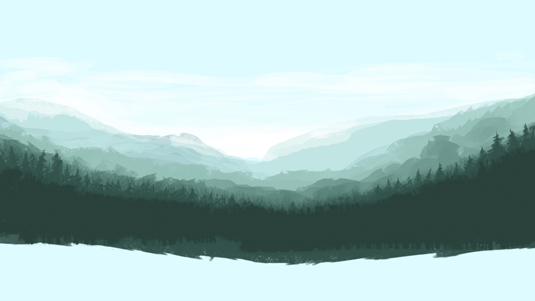
I work from the back of a scene to front much like you would an actual painting. Adding layers on to create depth. I block out basic shapes of everything and add in textures, lighting, and all the details later.
02. Draw on individual layers
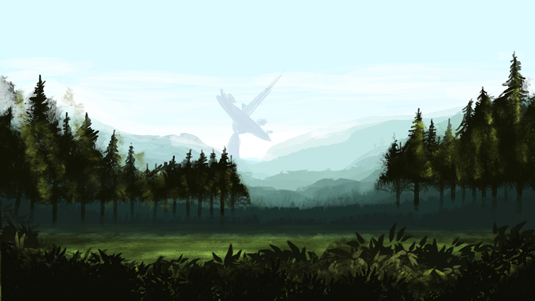
When I paint environments that are going to be used in animation I draw everything on its own layer. That way the animator can move individual pieces of the scene across any axis without breaking the scene.
03. Think about the light
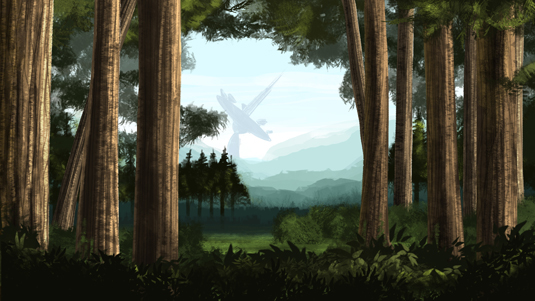
My favourite part of any scene I'm creating is the lighting. Once I'm messing around with the light hitting everything you get to see surfaces, textures, dark spots and areas of focus I'm going to pull your eye into.
04. Know when to blur the details
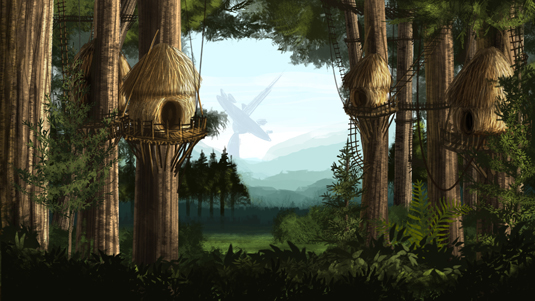
The toughest part of drawing is knowing when to refine a detail and when to leave it blurry. Masters of art don't rely on showing you every little detail, they show you just enough to pull your imagination in to complete the story.
05. Integrate your characters
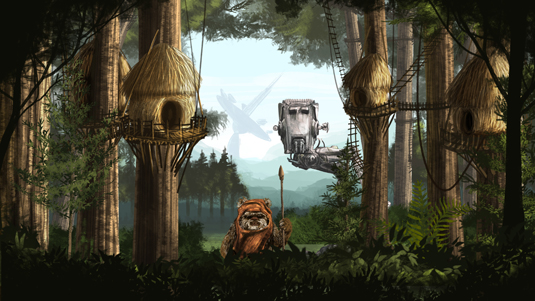
In this particular scene I also created characters that were going to be interacting with each other in the environment. They need to be drawn in a way that you can see them affected by their surroundings and atmospheric elements.
Want to know more? Grab the latest issue of ImagineFX, 124, where you'll find an in-depth interview with Sincerely Truman, plus all the skills you need to become a success in the competitive animation industry. Plus: save up t0 55 per cent with a subscription to IFX.
Liked this? Try these...
- Animate like a pro with ImagineFX magazine
- Fantasy Art: download this free 226-page ebook today
- Free tattoo fonts for designers
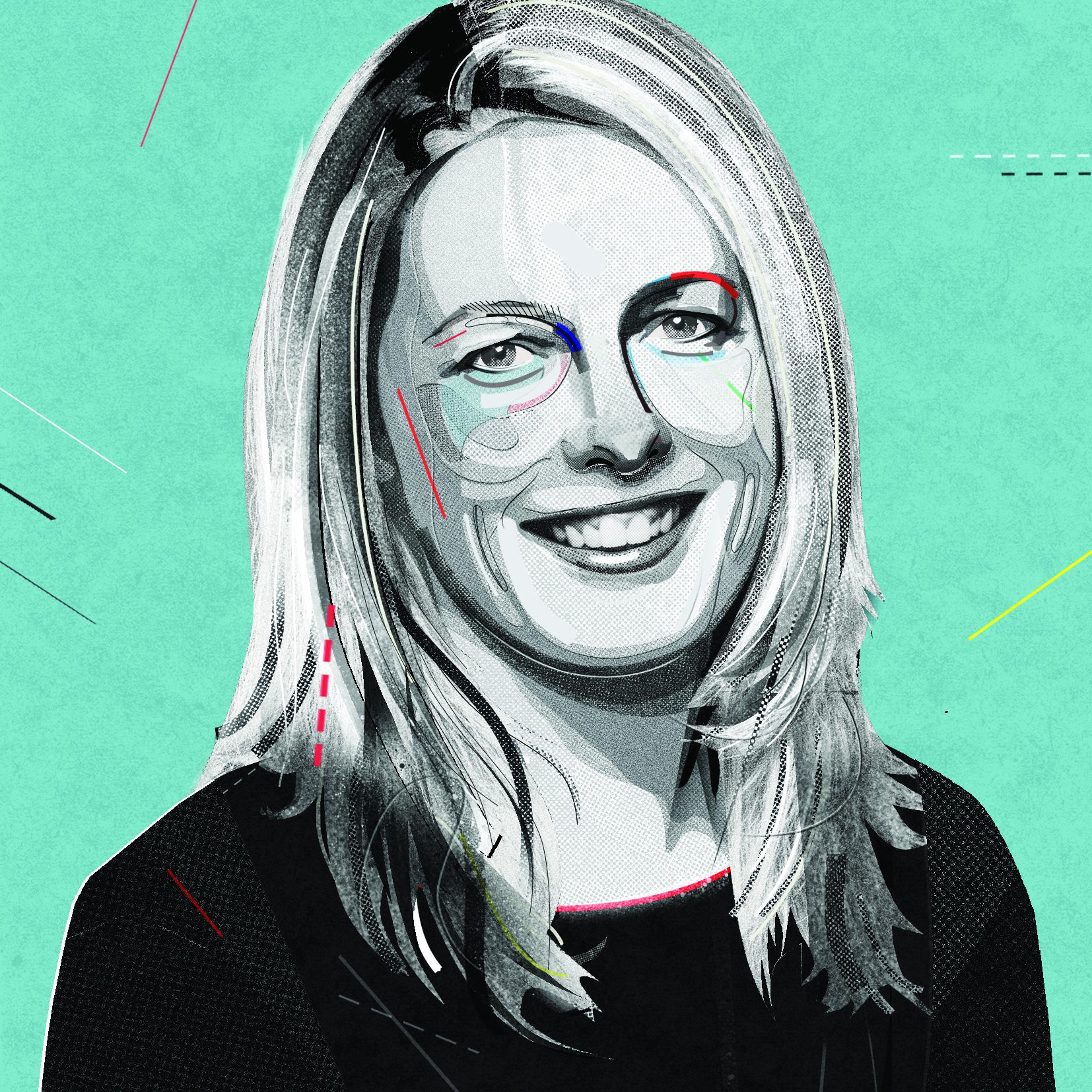
Julia is editor-in-chief, retail at Future Ltd, where she works in e-commerce across a number of consumer lifestyle brands. A former editor of design website Creative Bloq, she’s also worked on a variety of print titles, and was part of the team that launched consumer tech website TechRadar. She's been writing about art, design and technology for over 15 years.
